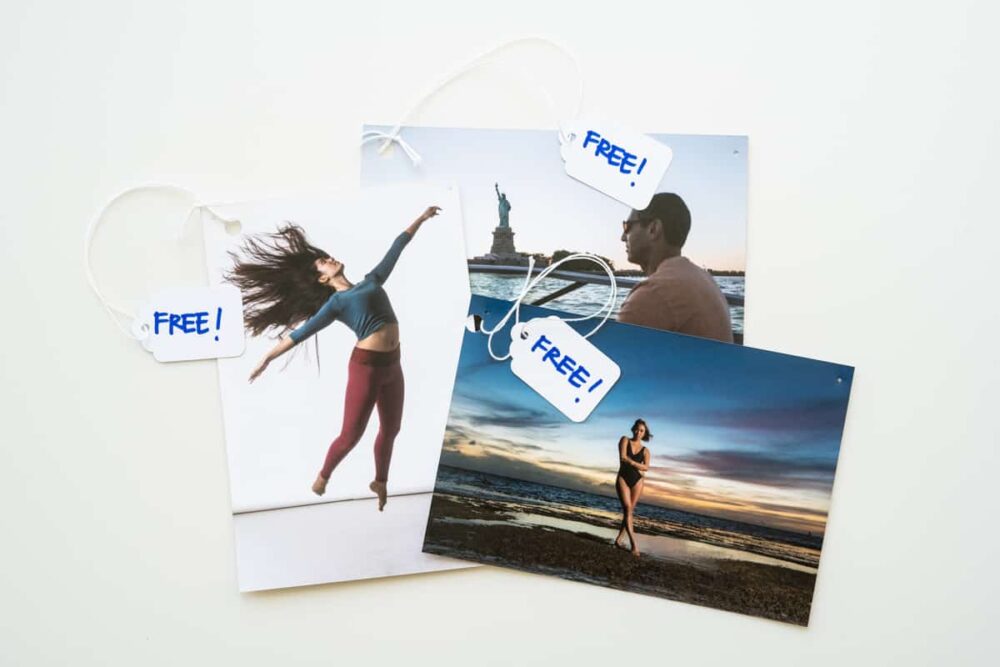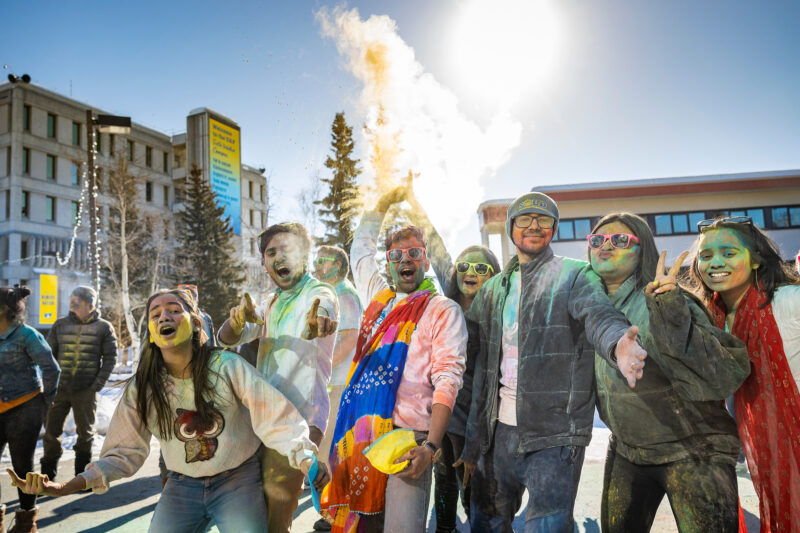It’s tempting to believe that the digital camera revolution has yielded a glut of photos of everything, thereby driving the value of an image close to zero. With billions of people taking billions of photos every day, it’s true that most photos have little economic value (but some have great emotional value).
But if photos truly held no economic value, companies wouldn’t hire photographers or purchase (license) photography. And yet they do. A small subset of images has great economic value because they are taken by skilled photographers and are of high quality.
Between the inconsequential snapshots and high quality photography, there lies a weird middle ground of solid imagery that anyone can use for free. Sites like Unsplash and Flickr offer troves of great photography for free, but should you use them?
Setting aside the ethical issues of taking someone else’s work for no compensation, free content poses a number of potential legal problems that companies need to consider.
Model/Property Releases
Unsplash is infamous for turning a side project into a huge repository of free photos that helps the parent company market their creative freelancer marketplace. The images can be downloaded and used for any purposes as long they are not resold, but there is one huge caveat. The images do not include any model or property release information.
Here is a search result for “man.”
Many of the images have identifiable faces. A photographer may or may not have obtained a model release. If you download an image that has not been released and use it in a marketing piece, you could be sued for infringing on that person’s right of publicity. Without consent of the model, you can’t use their likeness.
The issue isn’t theoretical. A number of companies – including Apple – have been sued for using content from Unsplash that wasn’t properly release. The infringements were settled out of court (as most cases are), so there’s no way to know how much these companies ended up paying out, but the settlement was undoubtedly much more than having licensed a properly released image in the first place.
Related Content: Expensive Copyright Mistakes That Brands Make on Social Media
Exclusivity
In the realm of professional photography, there are two major licensing models: 1) royalty-free (RF), and 2) rights-managed (RM). Since the mid 90’s, royalty-free has become the dominant licensing form, in part because most versions allow a company to pay a single licensing fee, then use the photo, video or music over and over again. By contrast, the rights-managed license restricts the Licensee’s usage to a specific set of conditions (e.g. a full-page ad in a single national magazine within the pharmaceutical industry for 3 months).

RM content is certainly trickier to manage within a corporate digital asset management system compared to RF content because the asset manager needs to track expiring content. But because RM licenses are specific to a set of conditions, licensees can often obtain exclusive use. In the mid-2000s, there were numerous instances of competing companies using the same RF images in their ads because they had no way to restrict usage by their competitors.
The same is even more true with free content. Some images have been downloaded millions of times, and this can be highly problematic for an organization looking to have a distinct brand look-and-feel. Consumer confusion is a real problem for brands trying to stand out in crowded marketplaces. Having a unique aesthetic is one way to guard against this.
Copyright/Trademark Infringement
Contributor agreements at free sites place the onus of infringement on the photographer through an indemnification clause. In other words, if I steal a photo and upload it as my own, I am technically on the hook if the site gets sued.
The Digital Millennium Copyright Act (DMCA) provides safe harbor to sites like Flickr when infringing content is displayed on their site – as long as they respond to DMCA takedown notices in a timely fashion.
In reality, when your company uses content, it is your legal responsibility to ensure that the images aren’t infringing on someone else’s copyright. As with the model release scenario, if you use an image that was stolen from someone else, you’re still legally liable. Mainstream photo licensing sites like Getty Images reduce the risk of legal action by vetting their contributors and ensuring that submitted images are properly released. Sites like Getty Images often get in touch with a trademark attorney to ensure that they are not infringing on anyone’s trademark and that they are covered from liability.
Related Content: Copyright for Marketers: All Your Questions Answered
License Type
Creative Commons is a not-for-profit organization that provides a number of easy-to-use copyright licenses for content creators. The standardized templates are largely geared towards the sharing of work. For example, many academic institutions offer photos and video under the Creative Commons NonCommercial (CC BY-NC) license. This allows other authors to use a photo of a honeybee, for example, for free as long as it doesn’t appear in an advertisement.
But on sites like Flickr, Creative Commons content of varying license types is mixed in with a standard “All Rights Reserved” copyrights which makes sourcing photos from the site a potential legal minefield.
The Takeaway
Free images are convenient, and well, free. And while there might be certain situations that merit using free content, the legal risk to organizations can be very high (U.S. Copyright Law allows for statutory damages up to $150,000 per image for willful infringement). Weighing the risks and properly licensing content could save you and your organization huge headaches and legal bills down the road.
Copyright Crash Course: What Marketers Need to Know
Want to learn more about copyright? Watch our on-demand webinar with PhotoShelter Co-Founder and Chairman Allen Murabayashi!
In this on-demand webinar, you’ll learn:
- What an image license is in relation to your brand’s content
- The dangers of using free content
- How to navigate copyright in the age of social media
- Lessons from copyright battles between brands and creators
- Tips for managing usage rights and a new solution from PhotoShelter that will help you navigate these complicated issues
Next Up: A Picture Is Worth a Thousand Words – and Maybe a Million-Dollar Lawsuit





